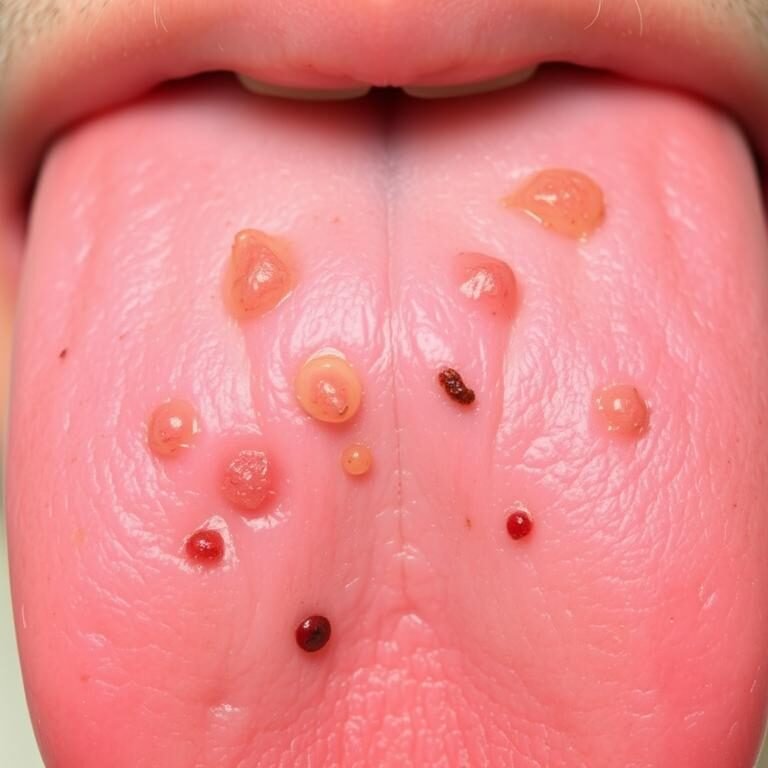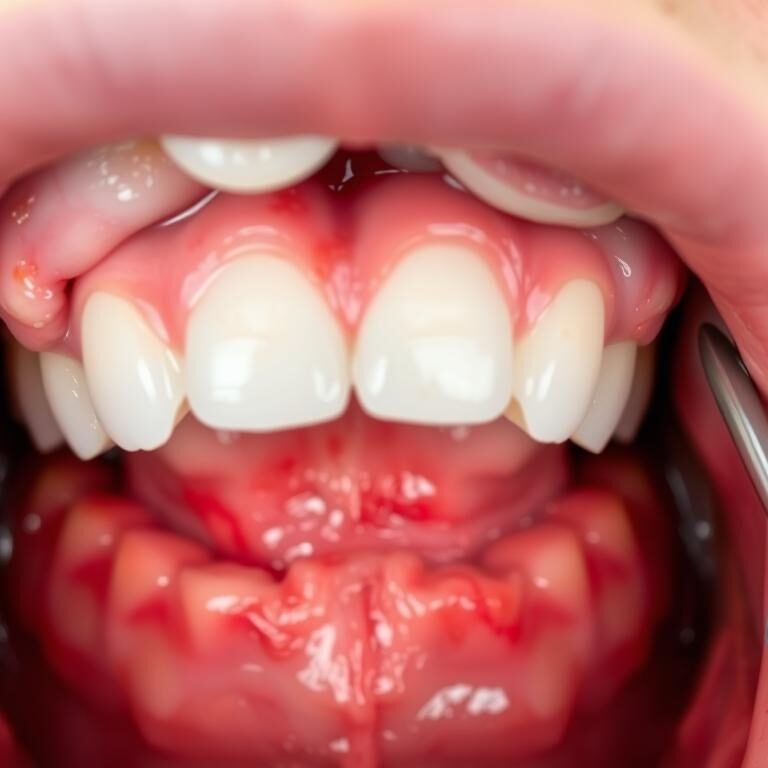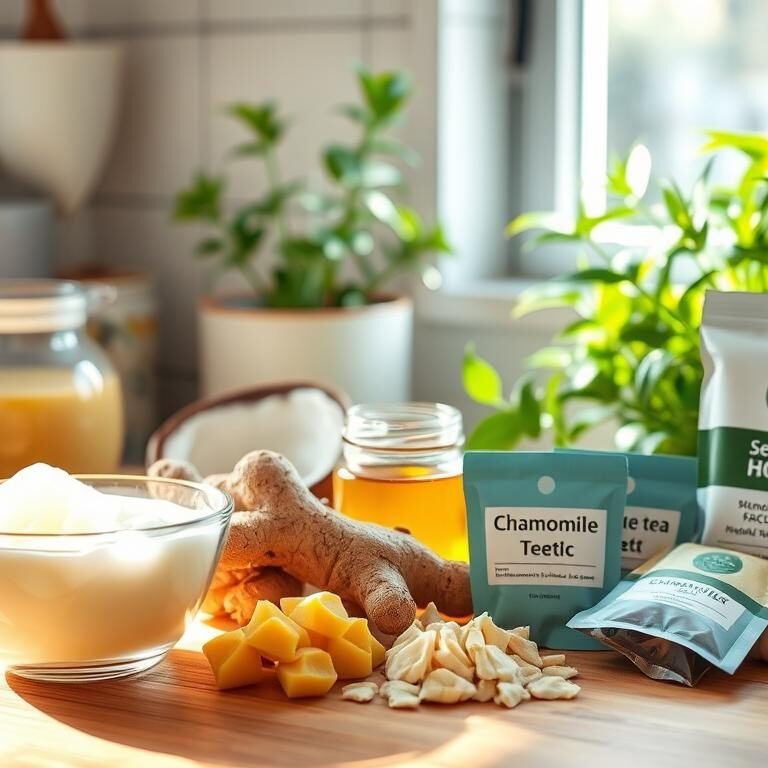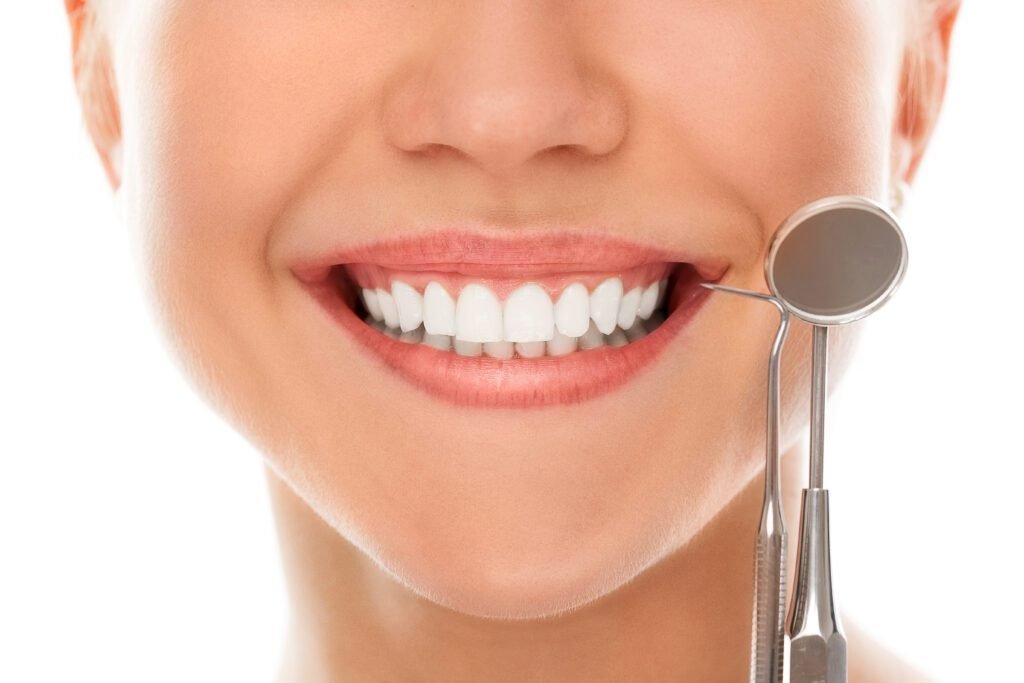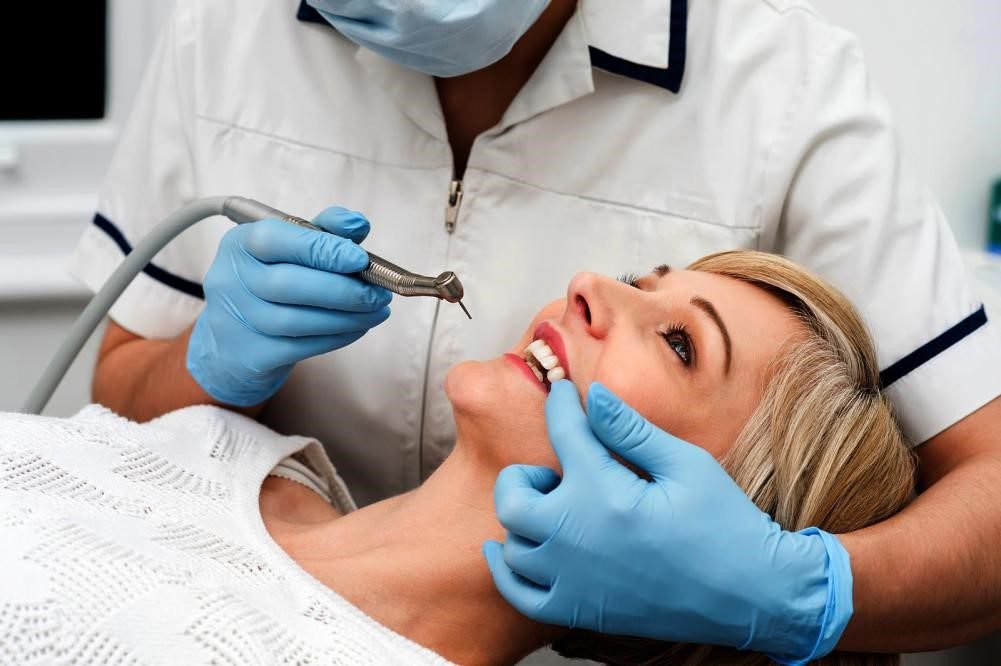Did you know that more than half of adults in America are concerned about chronic bad breath? This widespread issue, commonly known as halitosis, can significantly undermine personal confidence and social interactions. Consequently, the demand for effective mouthwash solutions has soared, leading consumers to seek out the best mouthwash for halitosis. While many people reach for cosmetic mouthwashes for a quick fix, a substantial portion turns to therapeutic mouthwashes that provide halitosis treatment. These products often feature powerful ingredients like cetylpyridinium chloride and fluoride, aimed at targeting the root causes of bad breath.
Finding an effective mouthwash for halitosis not only helps combat offensive odors but also promotes overall oral health. Key features such as alcohol-free formulas and minty flavor profiles make these mouthwashes user-friendly while actively fighting plaque, gingivitis, and tooth decay. Join us as we explore the best solutions to reclaim your freshness and confidence.
Understanding Halitosis and Its Causes
Halitosis is a term that describes the condition of chronic bad breath. Many factors contribute to this common issue, making it essential to understand the causes of bad breath thoroughly. One primary reason for halitosis is poor oral hygiene. Without consistent brushing and flossing, bacteria can build up in the mouth, resulting in unpleasant odors.
Dry mouth is another significant factor influencing halitosis. A reduced flow of saliva fails to wash away food particles and bacteria. Individuals experiencing chronic dry mouth may benefit from using artificial saliva products. Furthermore, specific dietary choices impact breath quality. Foods rich in sulfur, such as garlic and onions, are notorious for exacerbating bad breath. Limiting intake of these foods can help manage the problem.
Other chronic bad breath factors include smoking and the use of tobacco products. Besides contributing to bad breath, these products can stain teeth and irritate gums. Medical conditions, such as gum disease, cavities, and respiratory infections, also play crucial roles in the development of halitosis. Maintaining regular dental visits helps to identify and address these underlying issues effectively.
| Cause of Halitosis | Description | Frequency/Recommendation |
|---|---|---|
| Poor Oral Hygiene | Inadequate brushing and flossing lead to bacteria accumulation. | Brush twice a day; floss at least once a day. |
| Dry Mouth | Insufficient saliva leads to bacteria proliferation. | Stay hydrated throughout the day. |
| Dietary Choices | Consumption of sulfur-rich foods creates unpleasant odors. | Limit intake of garlic and onions. |
| Tobacco Use | Smoking and chewing tobacco worsen breath quality. | Avoid tobacco products. |
| Medical Conditions | Infections or oral diseases contribute to bad breath. | Regular dental exams at least twice a year. |
How Mouthwash Helps Combat Bad Breath
Mouthwash serves as an important tool in oral hygiene, especially as a mouthwash for chronic bad breath. Its primary function is to target harmful bacteria and food particles that lead to unpleasant odors. Brushing and flossing are crucial, yet mouthwash provides an extra layer of cleaning and freshness. Using an effective mouthwash for bad breath allows individuals to fight the germs responsible for halitosis.
Many mouthwash products contain antibacterial ingredients designed to combat the specific germs that cause bad breath, often addressing both hydrogen sulfide and methyl mercaptan levels in the mouth. Clinical studies have shown that certain formulations can significantly reduce volatile sulfur compounds (VSC), which are the main culprits behind halitosis. For instance, a study with 37 participants demonstrated that the CHX-CPC-Zn mouthwash led to a marked decrease in VSC levels, showcasing its effectiveness.
Mouthwash benefits extend beyond immediate breath freshening. Regular use can help maintain oral health by preventing plaque buildup and combating bacteria. Brands like Listerine® offer a variety of formulations tailored to specific needs, such as their Cool Mint variety, which not only fights germs causing plaque but also refreshes breath throughout the day. Alternatively, those looking for a milder option may opt for Listerine® Cool Mint Milder Taste, which provides the same deep clean without the alcohol burn.
| Mouthwash Type | Primary Benefits | Key Ingredients |
|---|---|---|
| TheraBreath Fresh Breath Oral Rinse | Targets sulfur compounds, long-lasting freshness | Zinc compounds, oxygenating agents |
| Listerine Cool Mint Antiseptic Mouthwash | Fights plaque and freshens breath | Eucalyptol, menthol, thymol |
| Crest Pro-Health Multi-Protection Mouthwash | Fights bad breath and gingivitis | Fluoride, cetylpyridinium chloride |
In summary, the right mouthwash not only combats bad breath but also significantly contributes to overall oral hygiene. Incorporating mouthwash into a daily routine, combined with regular brushing and flossing, helps ensure a fresher and healthier mouth.
Best Mouthwash for Halitosis
Finding the best mouthwash for bad breath can make a significant impact on your confidence and oral health. Products that are clinically proven mouthwash for halitosis stand out in effectiveness and consumer satisfaction. For those seeking reliable options, TheraBreath Fresh Breath Oral Rinse and Listerine Cool Mint Antiseptic Mouthwash have gained prominence due to their strong antibacterial properties that effectively combat the bacteria responsible for unpleasant odors.
For individuals looking for a touch of luxury, Marvis Mouthwash is priced at $22 and is not only stylish but also powerful against bad breath. Alternatively, the Quip Mouthwash Starter Kit, available for $20, offers 90 doses of a refreshing elixir, making it a convenient choice. If you prefer mouthwash tablets, consider Boka Restore Mouthwash Tablets, priced at $20, which combines the refreshing flavors of lemongrass, green tea, and mint.
In addition to the aesthetic appeal, it’s essential to focus on the ingredients. Many experts recommend fluoride mouthwashes, which are known for strengthening tooth enamel and preventing cavities. According to findings, 80% of the mouthwashes recommended by professionals emphasize freshening breath, fighting bacteria, and improving overall oral health. With options that vary from as low as $6.47 to $22.00, there is no shortage of choices tailored to personal preferences.
Natural alternatives are also popular, including mouthwashes containing charcoal and essential oils. These products provide unique benefits while catering to those who prefer a fluoride-free regimen. Whether looking for a therapeutic approach or a cosmetic solution, the best mouthwash for bad breath can be found to suit different needs and lifestyles.
Top Ingredients to Look for in Mouthwash
Understanding the essential active ingredients in mouthwash can significantly enhance oral health. When selecting a mouthwash, it’s crucial to recognize various mouthwash components that contribute to its effectiveness. Ensuring the right combination of ingredients can aid in tackling bad breath and promoting overall dental hygiene.
Antibacterial Properties
One of the most important features of a mouthwash is its antibacterial properties. Effective mouthwashes often include agents such as chlorhexidine and cetylpyridinium chloride. These antibacterial components actively target and reduce bacteria responsible for bad breath. For individuals experiencing chronic bad breath, these ingredients can make a notable difference in oral health.
Alcohol-Free Options
Those with sensitive mouths or conditions such as dry mouth (xerostomia) should consider alcohol-free mouthwash. Alcohol can irritate the soft tissues in the mouth, leading to discomfort. Alcohol-free mouthwash still provides effective results without the risk of causing dryness. Look for mouthwash that maintains an effective formula while eliminating alcohol content, which comprises about 62.5% of the options available on the market.
Benefits of Using Mouthwash Regularly
Incorporating mouthwash into daily oral care routines delivers significant advantages. Regular use promotes improved oral hygiene, while also instilling confidence through mouthwash, particularly in social interactions.
Improved Oral Hygiene
The impact on oral hygiene cannot be overstated. Mouthwash aids in accessing areas unreachable by a toothbrush, ensuring a deeper clean. Ingredients such as chlorhexidine and cetylpyridinium chloride work effectively to reduce plaque buildup and the risk of gingivitis. As a result, maintaining healthy gums and minimizing cavities become much easier. Mouthwash benefits include not only freshening breath by killing odor-causing bacteria but also significantly contributing to a healthier oral environment.
Boosted Confidence in Social Situations
Confidence through mouthwash extends beyond mere aesthetics. Regular use helps combat bad breath, a common concern in social settings. Having fresh breath boosts self-esteem, making individuals feel more comfortable in interactions. This enhanced confidence can lead to more enjoyable experiences, allowing for better communication and stronger connections with others.
| Mouthwash Benefits | Impact on Oral Hygiene | Confidence Through Mouthwash |
|---|---|---|
| Reduces plaque formation | Improves gum health | Enhances self-esteem |
| Freshens breath | Fights tooth decay | Encourages social interactions |
| Contains active antimicrobials | Prevents gum disease | Boosts conversational comfort |
Specific Mouthwashes for Chronic Bad Breath
Finding effective chronic bad breath solutions can be challenging, but targeted mouthwash for halitosis offers a promising path. Many products are designed specifically to tackle the bacteria responsible for undesirable odors, focusing on sulfur compounds produced in the mouth.
Here are some exceptional options:
- TheraBreath Fresh Breath Oral Rinse: This mouthwash is effective in targeting sulfur-producing bacteria, making it a top choice for those struggling with chronic bad breath.
- SmartMouth Clinical DDS Activated Mouthwash: It features zinc ion technology, which neutralizes bad breath at the source, providing relief and prolonged freshness.
- CloSYS Original Unflavored Mouthwash: A gentle yet effective option that eliminates bad breath while being alcohol-free and suitable for sensitive mouths.
- Biotene Fresh Mint Moisturizing Oral Rinse: Tailored for individuals experiencing dry mouth, it helps combat bad breath caused by reduced saliva flow.
- Tom’s of Maine Whole Care Mouthwash: An eco-friendly choice, made from naturally derived ingredients, appealing to those seeking a more natural solution.
Additional products worth considering include:
| Mouthwash | Key Features | Benefits |
|---|---|---|
| Listerine Cool Mint Antiseptic Mouthwash | Antiseptic properties | Kills germs and bacteria with a refreshing minty sensation |
| Crest Pro-Health Multi-Protection Mouthwash | All-in-one formula | Combats bad breath and maintains gum health |
| Colgate Total Advanced Pro-Shield Mouthwash | 12-hour protection | Offers lasting efficacy against bad breath |
| ACT Restoring Anticavity Fluoride Mouthwash | Fluoride inclusion | Strengthens tooth enamel while fighting bad breath |
Choosing the right targeted mouthwash for halitosis can significantly enhance oral freshness and overall confidence. Individual preferences and specific needs should always guide the selection process to ensure the best results.
Product Comparison: Popular Mouthwash Brands
A mouthwash brands comparison showcases several effective mouthwash brands that tackle halitosis and promote oral hygiene. Below are some popular options, highlighting their unique features and pricing, helping you make an informed choice.
TheraBreath Fresh Breath Oral Rinse
TheraBreath is known for its alcohol-free formula, which features OXYD-8, a clinically proven ingredient that combats bad breath for up to 24 hours. It maintains a mild taste while effectively targeting sulfur-producing bacteria for a fresh mouthfeel.
Listerine Cool Mint Antiseptic Mouthwash
Listerine Cool Mint stands out as one of the most popular mouthwash brands due to its strong antibacterial properties. It effectively kills germs while providing a long-lasting mint flavor, making it a trusted choice among many.
Crest Pro-Health Multi-Protection Mouthwash
Crest Pro-Health offers an all-in-one solution for maintaining oral health. Its alcohol-free formula helps fight bad breath, prevents plaque buildup, and promotes gum health, providing a soothing experience for users.
| Mouthwash Brand | Key Features | Price Range |
|---|---|---|
| TheraBreath Fresh Breath Oral Rinse | OXYD-8, alcohol-free, combats sulfur bacteria | $8 (Walgreens) – $16 (Amazon) |
| Listerine Cool Mint Antiseptic Mouthwash | Strong antibacterial, long-lasting mint flavor | $9 (Target/Walmart) – $23 (Walmart) |
| Crest Pro-Health Multi-Protection Mouthwash | Alcohol-free, all-in-one, promotes gum health | $13 (Amazon) |
Cost Analysis of Effective Mouthwash for Halitosis
The selection of mouthwash for managing halitosis can significantly vary in price, influenced by brand reputation and specific formulations. A thorough mouthwash price comparison reveals that consumers can find affordable halitosis mouthwash options that still deliver effective results. On average, shoppers can expect to invest between $5 to $15 for a quality mouthwash.
Several factors play a role in determining the price of these products. Generally, budget-friendly mouthwashes often contain standard antibacterial ingredients, providing adequate breath-freshening capabilities. Premium brands, on the other hand, may utilize advanced formulas with targeted ingredients aimed specifically at combating chronic bad breath.
| Mouthwash Brand | Price Range | Key Ingredients | Effectiveness |
|---|---|---|---|
| TheraBreath | $10 – $15 | Oxygenating compounds | High |
| Listerine | $6 – $12 | Essential oils | Moderate to High |
| Crest Pro-Health | $5 – $10 | Fluoride, cetylpyridinium chloride | Moderate |
| Tulsi Mouthwash | $5 – $8 | Tulsi extract | Low to Moderate |
Value packs often provide enhanced savings, making it easier for consumers to commit to longer-term use. Opting for these savings can lead to more consistent oral health routines, ultimately reducing halitosis symptoms effectively and economically.
Precautions When Using Mouthwash
Incorporating mouthwash into your daily oral hygiene routine can provide numerous benefits, but it is essential to be aware of certain precautions. Understanding safety tips for mouthwash use helps to ensure effective and safe usage. Here are some important mouthwash precautions to consider.
Avoiding Alcohol-Based Mouthwashes
Alcohol-based mouthwashes can be harsh on your oral tissues. They may cause dryness, irritation, and discomfort for some users. Opting for alcohol-free alternatives can be a safer approach. Many effective mouthwash options, like LISTERINE® Zero, kill germs without the drying effect of alcohol.
- Look for labels that mention “alcohol-free.”
- Consider mouthwashes that promote hydration and soothe oral tissues.
- Pay attention to any signs of discomfort and switch products if necessary.
Using mouthwash correctly maximizes its benefits. Regular use, ideally twice a day, contributes to fresher breath and a decrease in cavities and plaque. Brushing can reach only 25% of your mouth, while mouthwash can effectively kill 99.9% of germs causing bad breath and gingivitis.
| Type of Mouthwash | Alcohol-Free | Purpose |
|---|---|---|
| LISTERINE® Zero | Yes | Freshens breath, fights germs |
| TheraBreath Fresh Breath Oral Rinse | Yes | Targets bad breath and plaque |
| LISTERINE® Antiseptic | No | Deep cleaning, helps prevent gum disease |
Staying informed about safety tips for mouthwash use can enhance your oral health regimen, making it essential to choose products wisely. Consult your dentist regularly, at least every six months, to address any concerns related to your oral health and mouthwash use. Taking these precautions leads to healthier teeth and gums while enjoying fresher breath.
Natural Alternatives and DIY Mouthwash Recipes
Exploring natural alternatives can provide effective solutions for bad breath while being gentle on the mouth. In addition to standard mouthwashes, various natural mouthwash for bad breath options can be created at home using simple ingredients. These DIY mouthwash recipes not only save money but also avoid the potential downsides of alcohol-based products. Below are some popular recipes and their benefits.
Coconut Oil Mouthwash
Coconut oil pulling has gained attention for its numerous benefits, including reduced plaque formation. Swirling coconut oil in the mouth for five minutes allows it to trap harmful bacteria, contributing to fresher breath. This simple method is an excellent part of a regular oral care routine that can complement other methods.
Essential Oils as Mouthwash
Essential oils offer a powerful natural remedy for bad breath. For instance, tea tree oil has demonstrated the ability to decrease oral bacteria, making it an effective ingredient in mouthwash formulations. It’s crucial to use it safely, avoiding direct intake but perfect when diluted for rinsing. Another notable option is lemongrass oil, which possesses antibacterial and anti-inflammatory properties akin to traditional mouthwashes. Other oils, such as sage and guava leaf extracts, can provide additional cleansing benefits against gum disease and overall oral health.
| DIY Mouthwash Recipe | Ingredients | Benefits |
|---|---|---|
| Super Simple Mouthwash | 1 cup filtered water, 4 tsp baking soda, 4 drops tea tree essential oil, 4 drops peppermint essential oil | Combats bad breath and bacteria |
| Cinnamon and Honey Mouthwash | 2 organic lemons juiced, ½ tbsp cinnamon powder, 1 tsp baking soda, 5 tsp raw honey, 1 cup warm water | Natural antibacterial properties, freshens breath |
| Grandma’s Disinfecting Mouthwash | 1 cup filtered water, 2 tbsp apple cider vinegar | Disinfects the mouth |
| Herb-Infused Mouthwash | 2 cups filtered water, ½ oz whole cloves, 1 oz Oregon grape root, 1 oz rosemary sprigs | Infused with herbs for enhanced benefits |
Creating your own mouthwash with these DIY mouthwash recipes can help maintain fresh breath and support oral health in a natural way. With regular use alongside maintaining good oral hygiene practices, these approaches assist in reducing bad breath effectively.
Recognizing When to Consult a Dentist
Persistent bad breath, commonly known as halitosis, may signal underlying dental issues requiring professional attention. Even with regular use of mouthwash, some individuals may experience enduring symptoms. Identifying the right dental advice for bad breath is crucial for effective treatment.
Understanding potential causes is essential. Poor oral hygiene allows food particles to accumulate, leading to bacterial growth. Smoking and tobacco use worsen the situation, causing not only bad breath but also staining. Dry mouth syndrome, often a side effect of certain medications, increases the risk of unpleasant odors as saliva production decreases.
- Certain foods like garlic, onions, and coffee contribute to halitosis
- Chronic bad breath may indicate conditions such as gum disease or tooth decay
- Some medical issues like diabetes or gastroesophageal reflux can manifest as bad breath
Individuals should know when to see a dentist for persistent or unresolved bad breath. Symptoms that warrant a visit include:
- Unpleasant odor that does not improve with oral hygiene
- Metallic taste or thick saliva
- Signs of gum disease, such as bleeding gums
- Loose teeth or difficulty swallowing
- Fever alongside bad breath
Seeking timely dental advice can lead to a proper diagnosis and a tailored treatment plan. Each case is unique, and a dental professional can provide solutions ranging from enhanced oral hygiene techniques to addressing more serious underlying health conditions.
| Symptom | Action |
|---|---|
| Persistent bad breath | Consult a dentist |
| Gum bleeding | Schedule a check-up |
| Metallic taste | Seek dental evaluation |
| Dry mouth | Discuss with a healthcare professional |
| Acid reflux symptoms | Consult a doctor for a possible referral |
Maintaining Good Oral Hygiene Beyond Mouthwash
To truly achieve optimal oral health, consider a holistic approach that goes beyond mouthwash. Incorporating a variety of oral hygiene tips is essential for maintaining fresh breath and preventing dental issues. Effective methods include regular brushing and flossing, as well as additional practices that enhance your daily routine.
Regular Brushing and Flossing
Routine brushing at least twice a day for two minutes is vital. Using fluoride toothpaste such as Colgate Total can help to remineralize teeth and protect against cavities. Flossing daily effectively removes food particles and plaque from areas between teeth that the toothbrush might miss. Recognizing that 80% of bad breath originates from the dental environment emphasizes the importance of these two practices.
Importance of Tongue Scraping
Tongue scraping plays a significant role in maintaining oral hygiene. Utilizing tools like The Original TUNG Brush or the Tongue Scraper Pro can help eliminate bacteria that contribute to bad breath and ensure a cleaner mouth overall. Such methods are crucial for halitosis prevention and represent key elements of beyond mouthwash care.
| Practice | Details | Benefits |
|---|---|---|
| Brushing | At least twice a day with fluoride toothpaste | Remineralizes teeth, prevents cavities |
| Flossing | Daily removal of plaque from between teeth | Prevents gum disease and tooth decay |
| Tongue Scraping | Using tools like TUNG Brush or Tongue Scraper | Reduces bad breath, removes bacteria |
| Regular Dental Visits | Annual check-ups and cleanings | Identifies issues early, maintains oral health |
Maintaining these good habits is essential for an overall quality of life. Embrace these oral hygiene tips as part of a daily regimen, and enjoy lasting freshness beyond just mouthwash. Taking these steps contributes to better oral health and helps to alleviate potential serious health issues connected to poor dental care.
Managing Underlying Conditions Causing Halitosis
Addressing the underlying factors behind bad breath is essential for long-term relief from halitosis. Multiple health conditions linked to halitosis can range from simple dietary choices to more complex medical issues. Understanding these underlying factors provides insight into managing and preventing this common issue.
Impact of Dietary Choices
The food we consume profoundly influences our breath. Foods such as onions and garlic, known for their strong odors, can linger long after meals. These items contain sulfur compounds that contribute to unpleasant breath. In addition to avoiding these foods, it is wise to maintain hydration and consume a balanced diet that supports oral health. Staying away from acidic beverages, for instance, can prevent dry mouth, which is another contributing factor to bad breath.
Addressing Dry Mouth Issues
Dry mouth, or xerostomia, significantly impacts the presence of halitosis. A lack of saliva reduces the mouth’s ability to wash away food particles and bacteria, leading to a buildup of volatile sulfur compounds. This condition can arise from certain medications, health conditions such as diabetes, or simply not drinking enough water. Using saliva substitutes, staying well-hydrated, and chewing sugar-free gum can dramatically improve moisture levels in the mouth and combat bad breath.
| Underlying Condition | Potential Impact on Halitosis | Management Strategies |
|---|---|---|
| Dry Mouth | Decreased saliva leading to odor-causing bacteria buildup | Hydration, saliva substitutes, gum |
| Dietary Choices | Consumption of sulfur-rich foods causing lingering odors | Avoid strong-smelling foods, balanced diet |
| Gastroesophageal Reflux Disease (GERD) | Stomach acids affecting breath odor | Diet modifications, medication as prescribed |
| Infections | Oral infections contributing to foul scent | Dental treatment, antibiotics if necessary |
Final Thoughts on Fresh Breath Confidence
Achieving confidence with fresh breath requires more than just picking the right mouthwash. It’s a holistic approach that integrates good oral hygiene practices, dietary modifications, and regular dental visits. Mouthwash products like TheraBreath, Listerine, and Crest Pro-Health not only help in managing halitosis effectively but also actively contribute to overall oral health. With a diligent routine, individuals can combat bad breath and enhance their social experiences.
Recent studies underscore the significance of chlorine dioxide mouthwash in effectively addressing halitosis. The meta-analysis showed marked improvements in Organoleptic Test Scores (OLS) and reduced Volatile Sulfur Compound (VSC) levels in individuals using chlorine dioxide mouthwash compared to those on placebo. This suggests that targeted mouthwash options provide real assistance in improving halitosis parameters without serious side effects, promoting confidence in every interaction.
As the journey to fresh breath continues, consider investing in alcohol-free formulas and specialty mouthwashes tailored for unique oral health concerns. By utilizing these effective solutions and maintaining consistent oral care habits, anyone can feel empowered and assured in their breath and smile, knowing they are actively working towards managing halitosis effectively.
FAQ
What is the best mouthwash for halitosis?
The best mouthwash options for halitosis include products like TheraBreath Fresh Breath Oral Rinse and Listerine Cool Mint Antiseptic Mouthwash. These have clinically proven ingredients that effectively target the bacteria causing bad breath.
How does mouthwash help with chronic bad breath?
Mouthwash helps combat chronic bad breath by eliminating bacteria and food particles in the mouth. It contains antibacterial agents that not only mask bad odors but also actively destroy odor-causing bacteria, offering long-lasting freshness.
Are there alcohol-free mouthwash options available for halitosis?
Yes, there are many alcohol-free mouthwash options available that are excellent for individuals with sensitive mouths or dry mouth conditions. These options minimize irritation while still providing effective results for fresh breath.
Can I use mouthwash for severe bad breath?
Absolutely! Mouthwash is particularly beneficial for severe bad breath, especially formulations like SmartMouth Clinical DDS Activated Mouthwash, which are designed specifically to tackle the sulfur-producing bacteria associated with halitosis.
How often should I use mouthwash for effective results?
For optimal results, it’s recommended to use mouthwash twice a day after brushing and flossing. Regular use can help to reduce plaque buildup and improve overall oral hygiene, significantly enhancing breath freshness.
What ingredients should I look for in a mouthwash for halitosis?
When choosing a mouthwash for halitosis, look for antibacterial agents such as chlorhexidine or cetylpyridinium chloride. Additionally, ingredients targeting sulfur compounds can be particularly effective in combating bad breath.
Are there natural mouthwash alternatives for bad breath?
Yes, natural alternatives to commercial mouthwash include coconut oil mouthwash and mouthwash made with essential oils. These options can be effective in freshening breath without harsh chemicals.
When should I consult a dentist about my bad breath?
If you’ve tried multiple mouthwash options and still experience persistent bad breath, it’s essential to consult a dentist. Chronic halitosis can be a sign of underlying dental or health issues that require professional evaluation.




